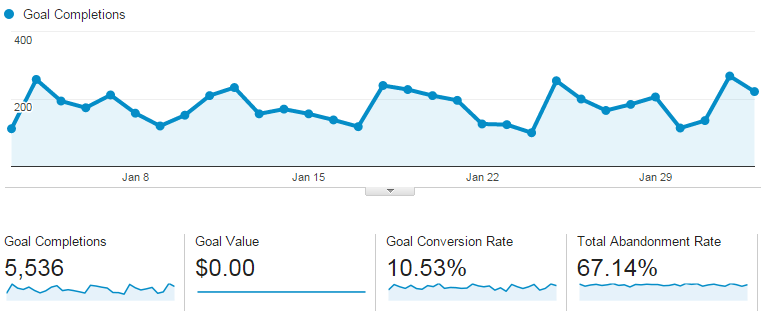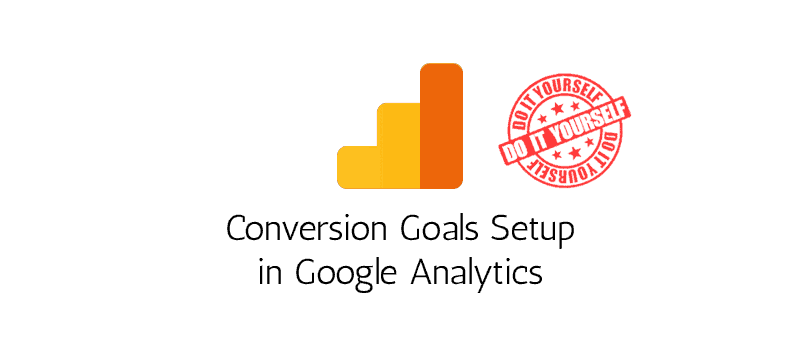Understanding What Data Is Google Analytics Goals Unable to Track
Understanding What Data Is Google Analytics Goals Unable to Track
Blog Article
Discover the Limitations of Google Analytics Goals: Introducing the Data Types That Remain Untrackable
As companies increasingly depend on data-driven decision-making, recognizing the limitations of devices like Google Analytics ends up being vital. While Google Analytics Goals offer important understandings right into individual communications, there exist information types that elude tracking, presenting obstacles to an extensive understanding of user habits. These untrackable information types question about the precision and completeness of the analytics data that organizations greatly rely upon for their electronic approaches. Curious to reveal the hidden unseen areas in your information analysis process?
Incomplete Individual Journey Tracking
Incomplete customer journey tracking within Google Analytics can hinder the capability to properly assess customer behavior. When the user journey is not completely tracked, there are spaces in the data that prevent a comprehensive understanding of how customers interact with an internet site. This lack of understanding can bring about missed opportunities for optimization and renovations to the customer experience.
One usual problem with incomplete user journey tracking is the inability to see the complete course that customers take previously finishing a goal or leaving the website. Without this details, it is challenging to recognize where individuals may be coming across obstacles or rubbing points that stop them from transforming. Additionally, incomplete tracking can obscure the impact of certain advertising and marketing initiatives or site adjustments on customer habits.
To resolve this limitation, it is essential to establish proper monitoring systems within Google Analytics to capture the entire customer journey. This might include establishing occasion monitoring, goal funnels, or making use of devices like Google Tag Supervisor to make certain that no important communications go unrecorded. By obtaining an extensive sight of the customer journey, internet site proprietors can make even more enlightened choices to improve customer interaction and drive conversions.
Attribution Obstacles
Navigating through attribution challenges in Google Analytics requires an extensive understanding of exactly how various touchpoints add to the overall conversion process. Acknowledgment challenges develop from the intricacy of contemporary client trips, where individuals communicate with several channels before converting.
One usual attribution difficulty is the difficulty in associating conversions to the proper source, especially in instances where individuals engage with several networks before transforming. In addition, cross-device tracking poses another attribution obstacle, as individuals commonly change between devices during their journey, making it testing to track their interactions effortlessly.
Offline Conversions
Given the obstacles linked with connecting conversions accurately in online networks, the measurement of offline conversions presents a substantial possibility for marketing experts seeking a more comprehensive understanding of their consumers' journey. Offline conversions refer to actions that consumers take in the physical world, such as making purchases in brick-and-mortar shops or over the phone, attending events, or involving with printed materials - what data is google analytics goals unable to track. These conversions are critical for services that run both online and offline, as they offer useful understandings right into the efficiency of advertising campaigns across various touchpoints
Tracking offline conversions generally postured a significant difficulty for marketing experts, as it was testing to attach these actions back to certain on the internet interactions properly. However, with improvements in modern technology, such as the combination of CRM systems, unique identifiers, and voucher codes, businesses can currently bridge the void in between online and offline data to acquire an extra alternative sight of consumer actions. By effectively measuring offline conversions, online marketers can enhance their techniques, designate resources extra effectively, and ultimately enhance the overall consumer experience.
Cross-Device Monitoring
Cross-device tracking plays a vital function in understanding the interconnected nature of consumers' digital interactions across several gadgets. In today's omnichannel world, where customers seamlessly change in between mobile phones, tablets, and desktop computers, over here tracking their actions across these devices is essential for online marketers to obtain an extensive view of their client trip.

Additionally, privacy problems and guidelines such as GDPR and CCPA have additionally difficult cross-device tracking. With individuals requiring even more control over their information and raised site constraints on tracking modern technologies, marketing professionals need to discover privacy-compliant and ingenious means to connect user interactions throughout devices.
Dynamic Web Content Interaction
Comprehending customer engagement with vibrant content is critical in maximizing digital advertising techniques for boosted audience interaction. Dynamic material describes internet site elements that alter based upon customer actions, preferences, or other aspects, using an individualized experience. Tracking customer interactions with dynamic material positions obstacles for conventional analytics devices like Google Analytics.
While Google Analytics can track standard communications like clicks and page views, it may battle to capture even more nuanced engagements within dynamic content. what data is google analytics goals unable to track. Metrics such as time spent on certain vibrant components, float actions, or communications within pop-ups are usually not conveniently measurable utilizing typical tracking approaches. This constraint prevents online marketers' capacity to fully realize exactly how customers are engaging with vibrant content and tailor their methods appropriately

Final Thought
Finally, Google Analytics objectives have limitations in tracking incomplete individual trips, associating conversions accurately, recording offline conversions, tracking cross-device communications, and measuring dynamic web content interaction. These restrictions highlight the value of discovering extra tracking approaches and devices to acquire an extra comprehensive understanding of customer habits and conversions past what Google Analytics can provide.
While Google Analytics Goals deal useful insights right into individual interactions, there exist information types that elude tracking, posing difficulties to a detailed understanding of customer habits.Incomplete customer trip tracking within Google Analytics can prevent the capacity to accurately examine individual actions. When the Go Here individual journey is not totally tracked, there are spaces in the information that stop a thorough understanding of exactly how customers connect with a site.One typical problem with insufficient individual trip monitoring is the lack of ability to see the full course that users take previously completing a goal or leaving the website. By getting a thorough view of the user trip, web site proprietors can make more educated choices to boost customer involvement and drive conversions.
Report this page